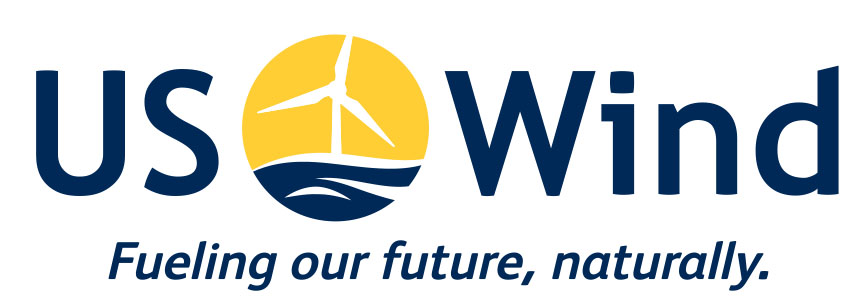Wind means jobs
There’s evidence from across the country regarding the economic growth resulting from the offshore wind industry developments. From legislative progress to increasing investments, we see a firm commitment to a clean energy future, one that’s virtually unheard of up to recent past.
One of the biggest indicators of growing economic activity is employment. Efforts towards generating jobs have been mobilizing in many states. In Fall River, Massachusetts, energy expert Philippe Frangules outlined how offshore wind can create a sizeable number of jobs, particularly in coastal cities, that “one gigawatt of offshore wind energy — 1,000 megawatts — translates into 8,000 jobs… This could create huge economic benefits, to get this industry going.”
When it comes to energy technology and manufacturing, offshore wind is named as America’s future, according to Eric Loth, chair of mechanical and aerospace engineering at the University of Virginia School of Engineering. He explains that there is a “rapidly increasing demand” for higher-efficiency, lower-cost wind and solar energy systems. “We already have the infrastructure to develop and manufacture this technology; from research at our federal labs and universities to turbine manufacturers and utilities to modernize our grid. By strengthening partnerships across these sectors, our nation can become a global leader in the development, and export, of clean, cost-effective energy systems,” he adds.
Last month, US Wind has signed an agreement with EPIC Applied Technologies for the installation of its Meteorological Tower beginning this summer. The project, which is expected to be operational during 2023, will involve the installation of up to 32 wind turbines – 17 miles off the coast of Ocean City. This is projected to create approximately 7,000 direct and indirect jobs and represent an in-state investment of nearly $1.5 billion and will eventually produce 268 megawatts of offshore wind energy, an amount sufficient to provide 76,000 Maryland homes with clean, renewable energy.
In Washington, D.C., Congressman Bill Keating has reintroduced the Offshore Wind Jobs and Opportunity Act. This will create a federal grant program that will assist colleges and universities, state and local governments, unions and nonprofits to develop curricula, internships, health and safety programs, and other activities deemed appropriate by the secretaries of Energy, Labor, Interior and Education to advance an offshore wind workforce.
Renewable energy professions such as wind turbine technicians and solar installers are the top two fastest growing jobs in the country, projected to grow by 96 percent and 105 percent, respectively, over the 10-year span, according to the U.S. Bureau of Labor Statistics.
